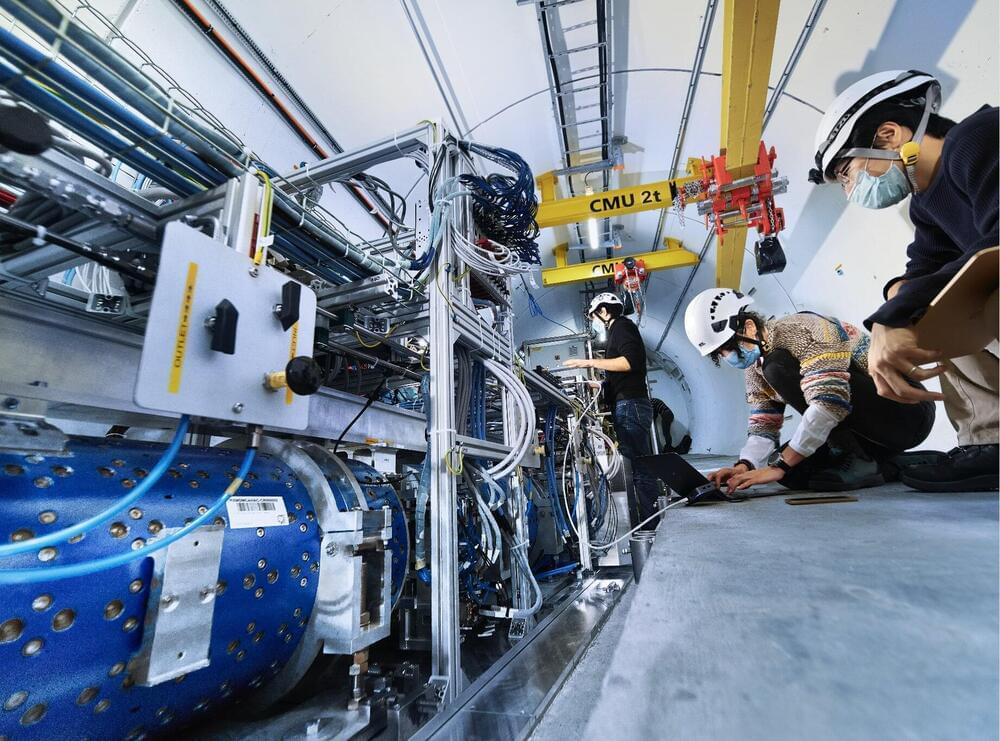Neutrinos are tiny and neutrally charged particles accounted for by the Standard Model of particle physics. While they are estimated to be some of the most abundant particles in the universe, observing them has so far proved to be highly challenging, as the probability that they will interact with other matter is low.
To detect these particles, physicists have been using detectors and advanced equipment to examine known sources of neutrinos. Their efforts ultimately led to the observation of neutrinos originating from the sun, cosmic rays, supernovae and other cosmic objects, as well as particle accelerators and nuclear reactors.
A long-standing goal in this field of study was to observe neutrinos inside colliders, particle accelerators in which two beams of particles collide with each other. Two large research collaborations, namely FASER (Forward Search Experiment) and SND (Scattering and Neutrino Detector)@LHC, have observed these collider neutrinos for the very first time, using detectors located at CERN’s Large Hadron Collider (LHC) in Switzerland. The results of their two studies were recently published in Physical Review Letters.










Comments are closed.